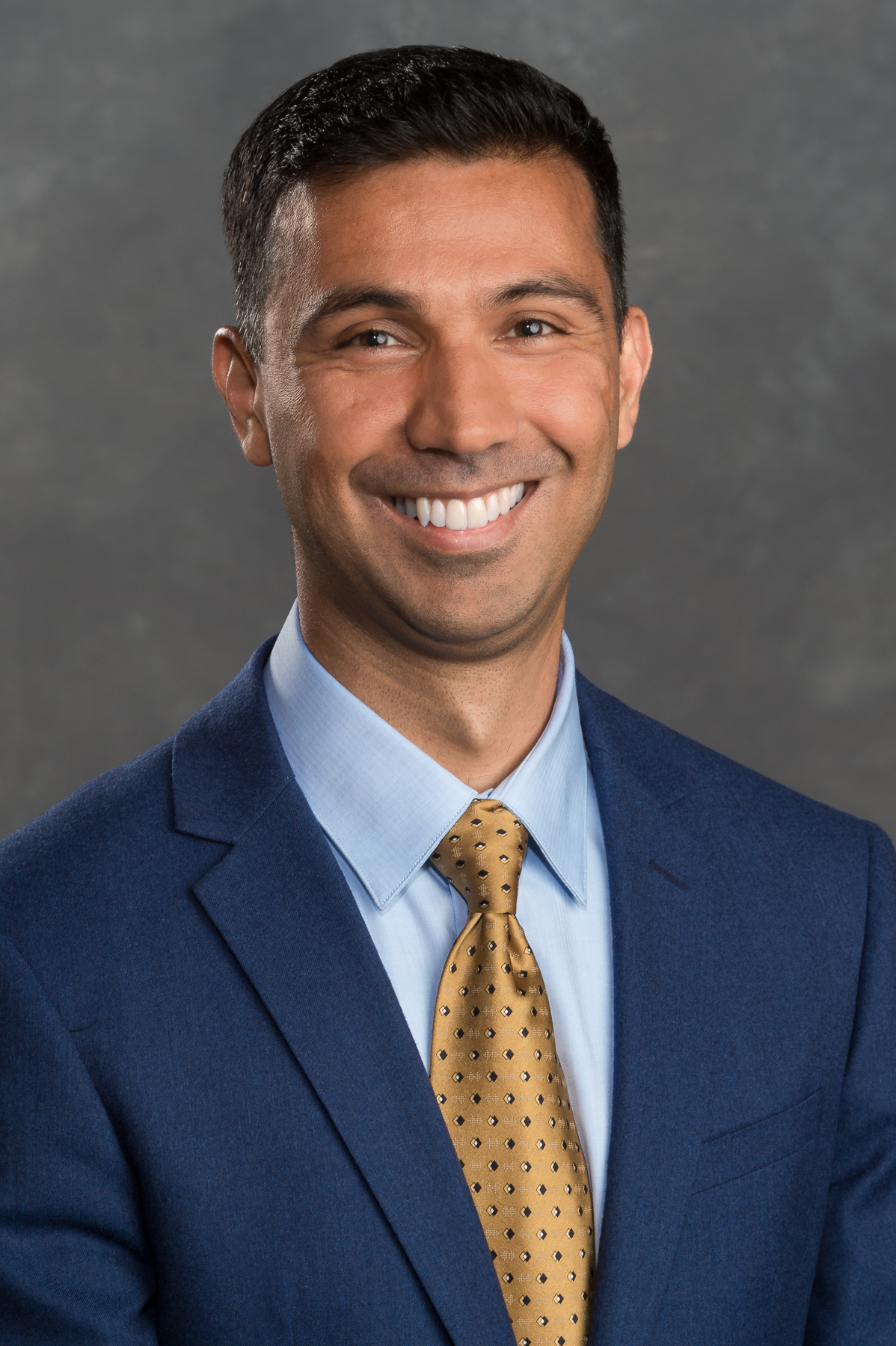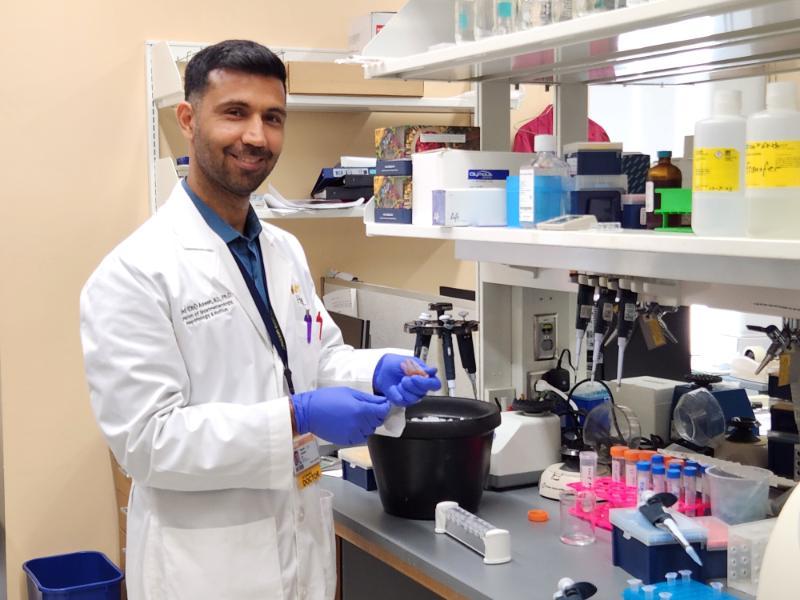PSC Partners Seeking a Cure funds Aseem research with $80,000 grant
Exploring a New Approach to Tackling Primary Sclerosing Cholangitis

PSC Partners Seeking a Cure funds Aseem research with $80,000 grant
By A.J. Hostetler, Communications Director
Stravitz-Sanyal Institute for Liver Disease and Metabolic Health
If the liver is a busy restaurant kitchen, constantly working to produce bile that helps digest food, what happens if its pipes -- the bile ducts -- get clogged and damaged?
That’s what happens in a disease called primary sclerosing cholangitis (PSC). Over time, this clogging and damage can cause serious liver problems.
Scientists investigating why this happens, and maybe how to stop it, have discovered that certain cells in the bile ducts, called cholangiocytes, can become overactive and send out distress signals. These signals call in the immune system's "soldiers" like macrophages and T helper 17 cells. Instead of helping, these immune cells cause even more inflammation and scarring, worsening the problem.
A key troublemaker in this process is a protein called transforming growth factor-β (TGFβ). It makes the bile duct cells produce inflammatory substances and stops them from making anti-inflammatory ones. This happens through a signaling pathway involving another molecule called Nuclear Factor-kappa B.
But, it’s not so simple. Preliminary research by institute’s Sayed “Obi” Aseem, M.D., Ph.D., who studies cholestatic liver diseases, shows that that another protein is at work behind the scenes. Levels of the Runt-related transcription factor 1 (RUNX1) are higher in people with PSC, and it seems to play a major role in causing trouble. In a mouse model, when RUNX1 is inhibited, the harmful signals decrease, and fewer immune cells rush to help the liver. This suggests that RUNX1 could be a key player in the disease.

Aseem recently was awarded an $80,000 grant from PSC Partners Seeking a Cure to further his research on whether RUNX1 directly makes bile duct cells produce more inflammatory substances and how these substances attract immune cells. He will study mice that lack RUNX1 in their bile duct cells to see how this affects murine immune cell activity and liver fibrosis. Additionally, he will use advanced techniques to study these processes in liver tissue from PSC patients.
By uncovering RUNX1's role in PSC, this research could lead to new treatments that prevent or reduce liver fibrosis in PSC patients.